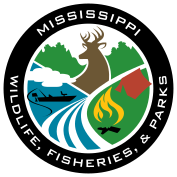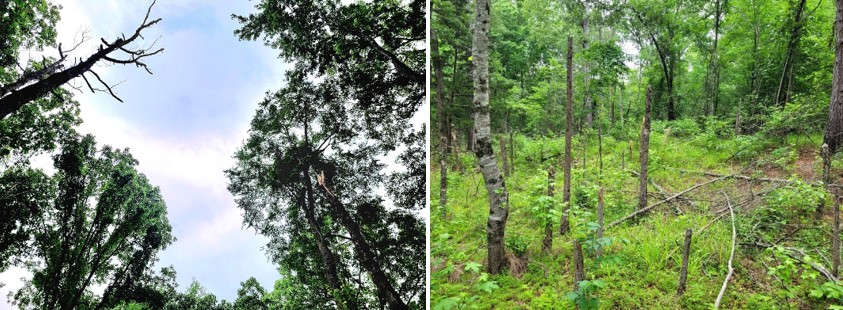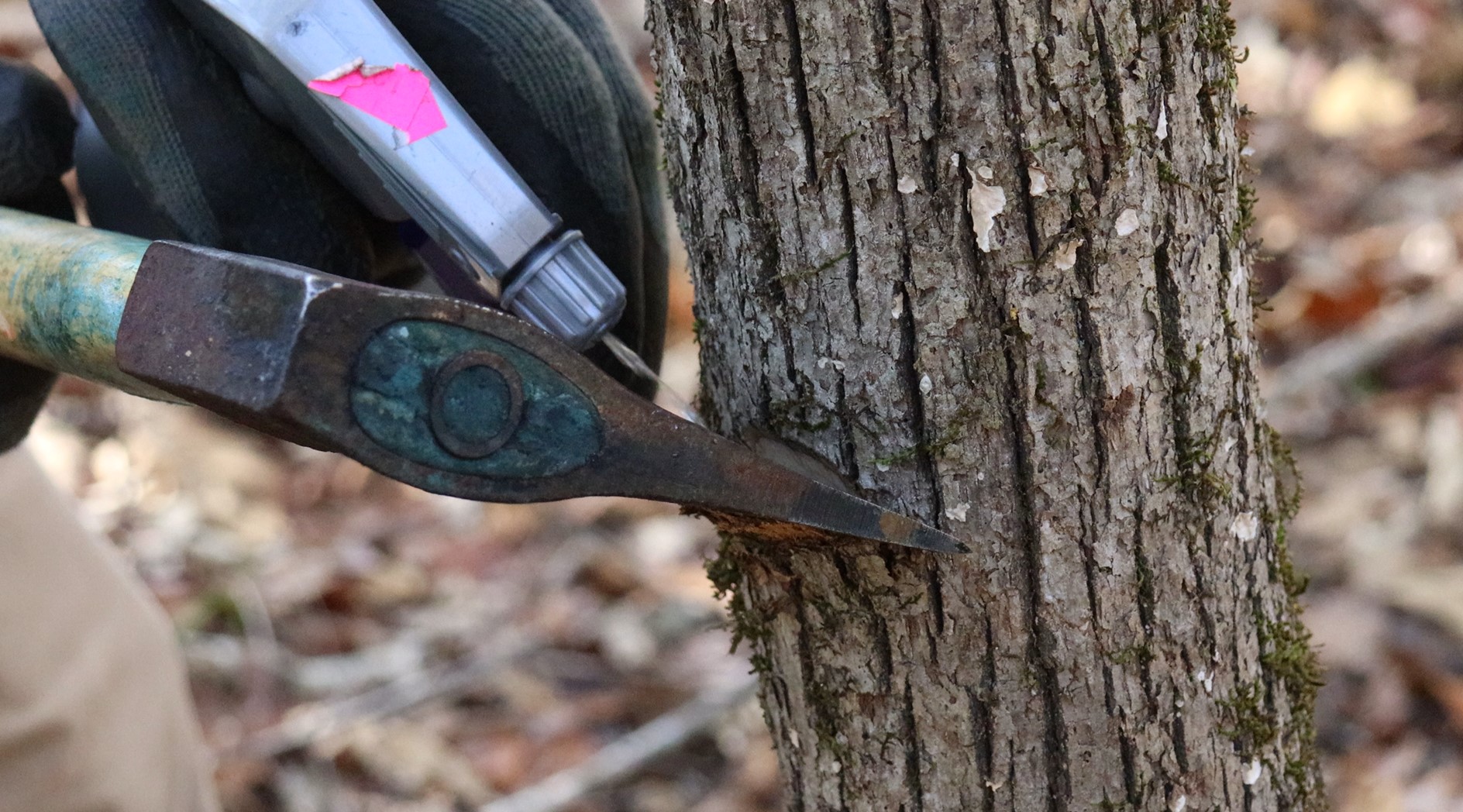
Written by: Chandler Strickland
Edits by: Pierce Young

Healthy wildlife habitat often starts with healthy forests—and sometimes that means removing less-desirable trees to give the right plants room to grow. One of the most effective (and budget-friendly) ways to do this is the hack-and-squirt method.
Why use it?
By removing undesirable trees, you can:
✅ Let more sunlight reach the forest floor—fueling natural food and cover for wildlife.
✅ Release valuable trees from competition so they can thrive.

How it works:
1️⃣ Make small, downward-angled cuts into the trunk at waist to chest height, making sure you cut through the cambium layer.
2️⃣ Apply herbicide into each cut so it pools without leaking out.
What to use:
- Imazapyr (Arsenal):
- Imazapyr 4L: Mix 25% herbicide with 75% water.
- Imazapyr 2L: Mix 50% herbicide with 50% water.
- Triclopyr 3A (Garlon 3A): Mix 50% herbicide with 50% water.
- Mixture of Triclopyr and Imazapyr, typically mixed in 50% Triclopyr 3A (Garlon 3A), 40% water, and 10% Imazapyr 4L (Arsenal).
- Apply one hack per 3 inches of tree diameter.
**Always follow the herbicide label for safe and effective use.
When to use it:
📆 Any time of year except early spring, when sap flow can push herbicide out of the cuts.
- The ideal time is early-Fall (October-November) when trees are pulling nutrients down to their roots.
☔ Avoid application if rain is expected in the next few days.
How long does it take to implement?
This depends on the tree density and size, but on average 1 person can usually cover 3 acres in about 8 hours.
How long does it take to see results?
Results will vary depending on the time of year the trees were chemically injected, but most trees treated will be dead within 1 year.
- If conducted in early-Fall, trees usually will not leaf-out in the Spring.
- If conducted late-Winter, trees will usually die by the end of Summer.
The hack-and-squirt method is a powerful tool for anyone looking to improve habitat for deer, turkey, songbirds, and countless other species.
🌐 Learn more about habitat management: www.mdwfp.com/wildlife-management-info
📅 Schedule a free visit with a wildlife biologist: www.mdwfp.com/privatelands